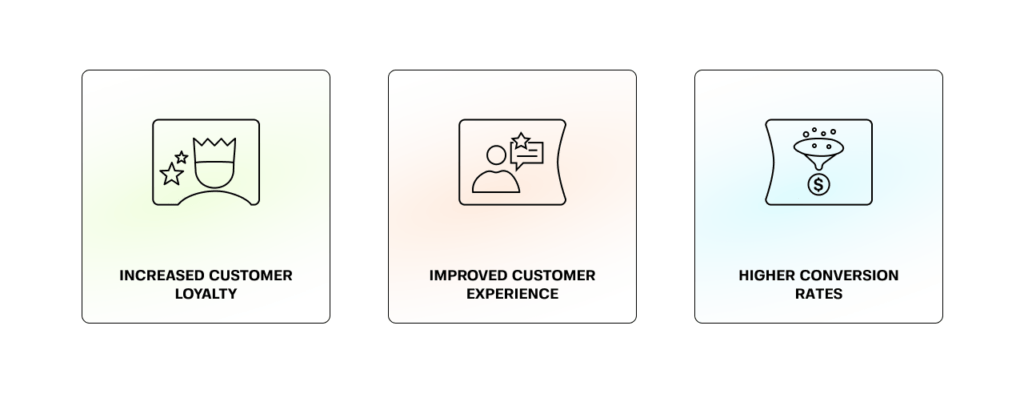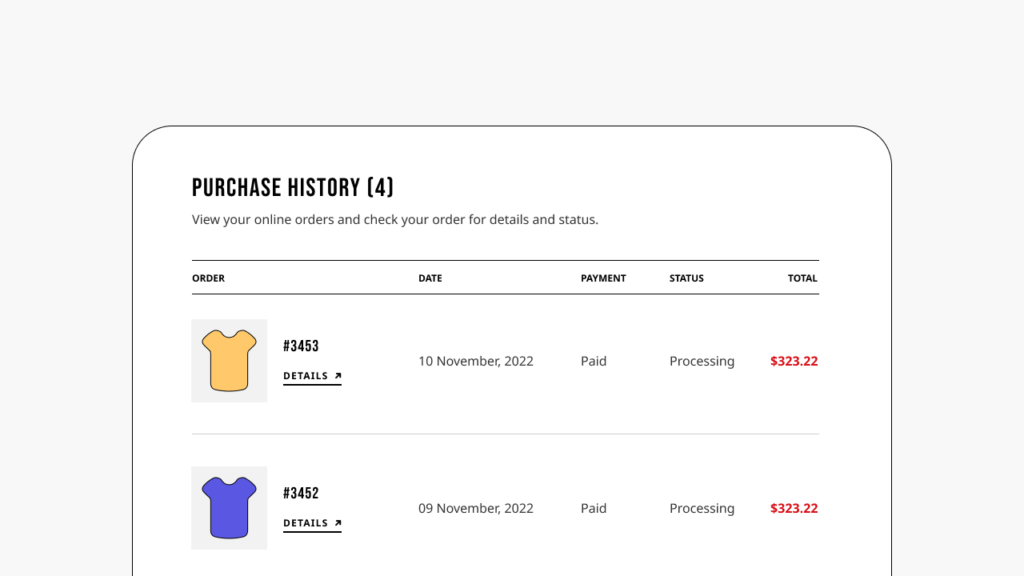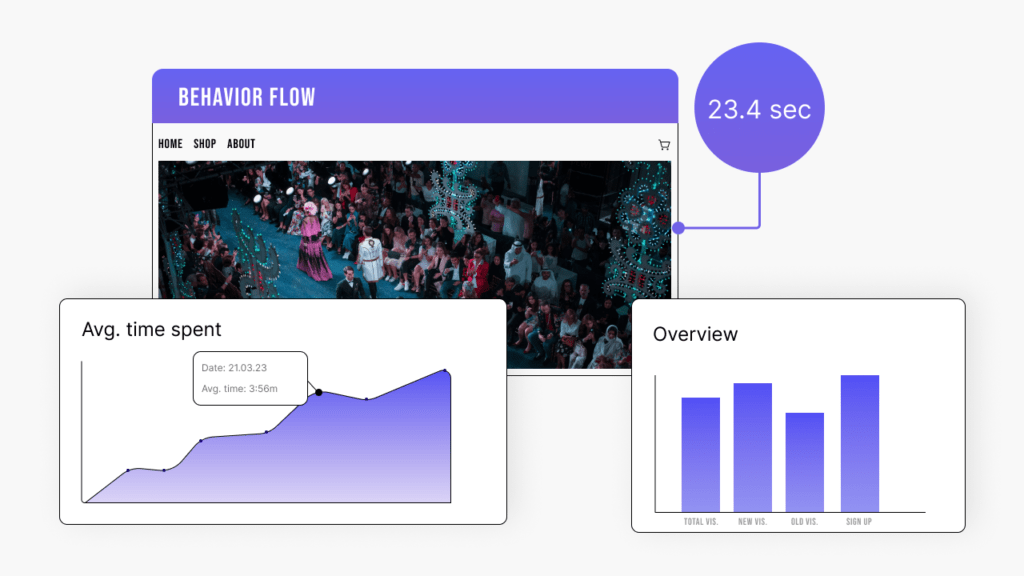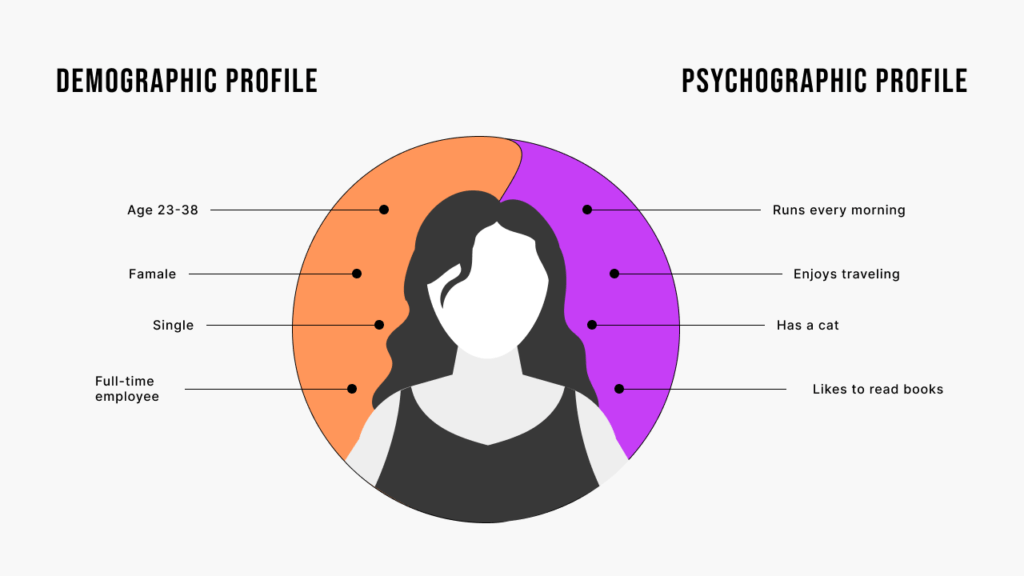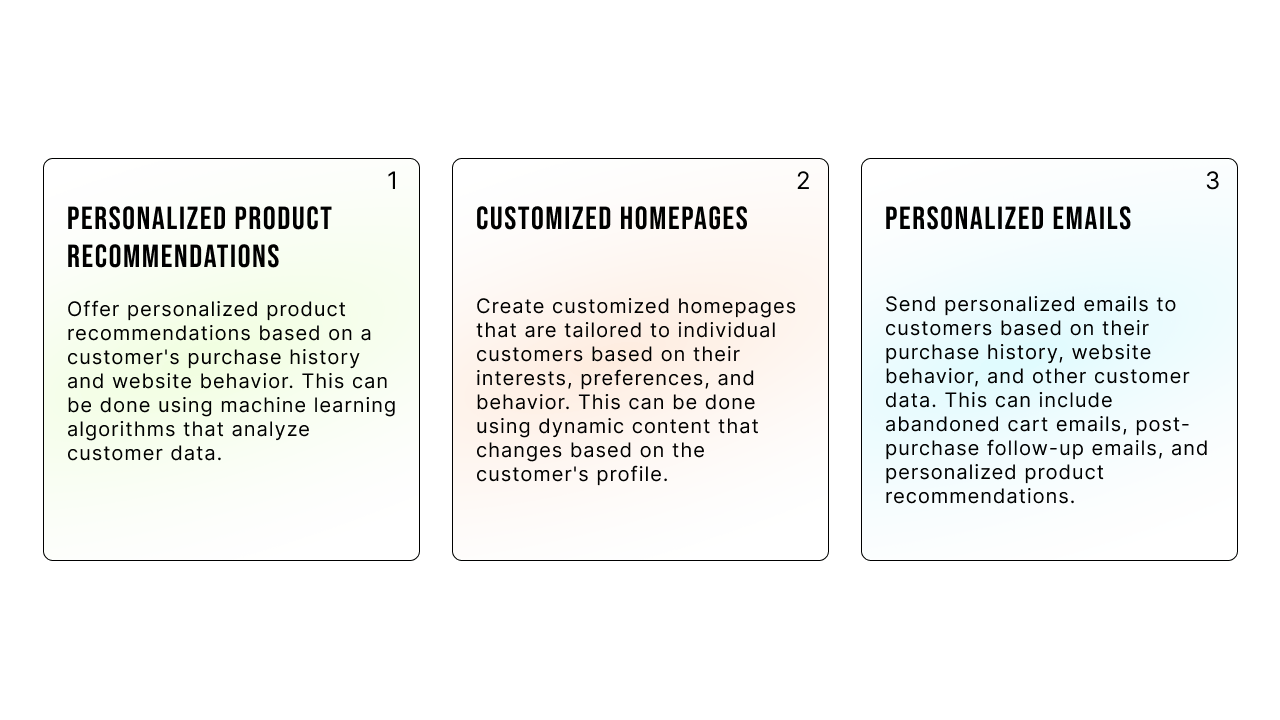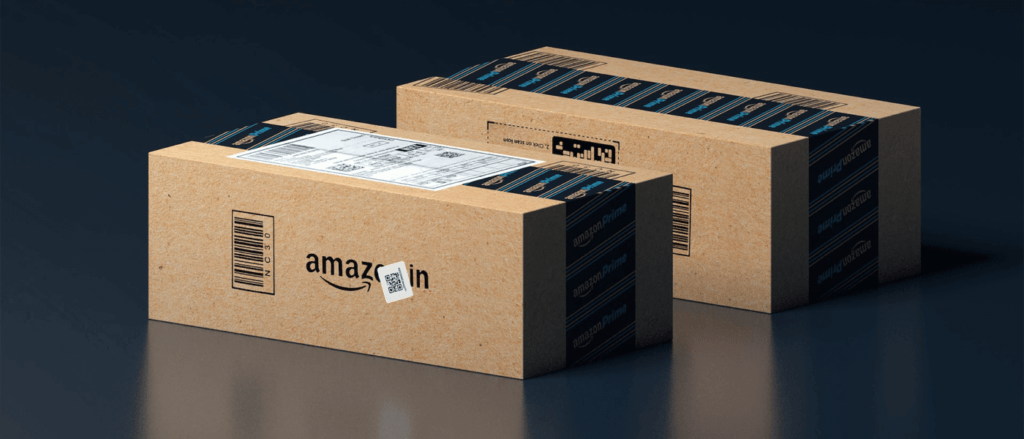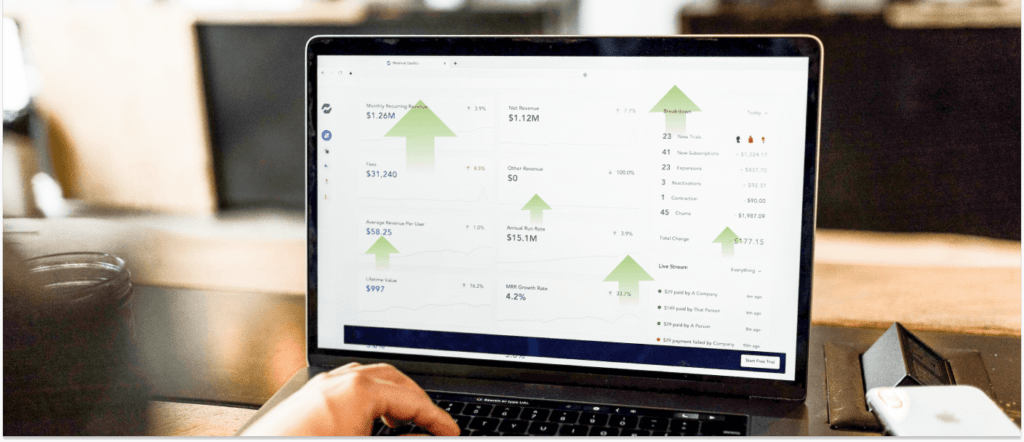An Insider’s Guide to Personalization: The eCommerce Trend That Will Rule in 2023
 April 20, 2023
April 20, 2023 The world of eCommerce industry is constantly evolving, and staying ahead of the game is crucial for businesses looking to succeed. One trend that is set to dominate the industry in the coming years is personalization eCommerce. With the rise of AI and machine learning, businesses now have the ability to offer personalized experiences to their customers like never before.
But what exactly is personalization, and how can businesses implement it effectively? In this insider's guide, we'll explore the concept of personalization, the benefits it can bring to eCommerce businesses, and provide practical tips on how to implement it in your own online store. From product recommendations to personalized emails, we'll cover everything you need to know to stay ahead of the game and provide your customers with the personalized experiences they crave. So, buckle up and get ready to learn how personalization can take your eCommerce business to the next level in 2023 and beyond.
Benefits of Personalization eCommerce industry
Personalization is a powerful tool for eCommerce businesses looking to increase customer engagement, loyalty, and sales. By tailoring the shopping experience to individual customers, businesses can create a deeper connection with their audience and improve the overall customer experience. Some of the key benefits of personalization include:
Increased Customer Loyalty
Personalization can help create a sense of loyalty among customers by making them feel valued and appreciated. When customers feel that a business understands their preferences and needs, they are more likely to return for future purchases.
Improved Customer Experience
Personalization also improves the overall customer experience by making it easier for customers to find the products they want. By providing personalized product recommendations and search results, businesses can help customers navigate their site more efficiently and find what they are looking for with ease.
Higher Conversion Rates
Personalization can also lead to higher conversion rates by providing customers with relevant and timely offers. When customers receive personalized offers and product recommendations, they are more likely to make a purchase.
Personalization Trends in eCommerce
Personalization is not a new concept in eCommerce, but it is becoming more sophisticated with the advancements in technology. Here are some of the key personalization trends to watch out for in 2023:
Hyper-Personalization
Hyper-personalization goes beyond basic personalization by using advanced analytics and machine learning to offer highly tailored experiences to individual customers. This includes personalized pricing, product recommendations, and even customized homepages.
Personalized Content
Personalized content involves tailoring website content, emails, and other marketing communications to individual customers based on their interests and behavior. This can include personalized blog posts, product videos, and even customer success stories.
Personalized Customer Service
Personalized customer service involves using customer data to provide more personalized support and assistance. This can include personalized chatbots, customer service reps who know the customer's purchase history, and even personalized follow-up emails after a purchase.
Understanding Customer Data for Personalization
To implement personalization effectively, businesses need to have a deep understanding of their customers' preferences, behavior, and needs. This involves collecting and analyzing customer data from a variety of sources, including:
Purchase History
Purchase history data includes information about what customers have bought in the past, how often they buy, and how much they spend. This data can be used to make personalized product recommendations and offers.
Website Behavior
Website behavior data includes information about how customers navigate a website, what pages they visit, and how long they spend on each page. This data can be used to create personalized homepages and product recommendations.
Demographic and Psychographic Data
Demographic and psychographic data includes information about a customer's age, gender, income, interests, and values. This data can be used to create personalized content and marketing messages that resonate with the customer.
Creating a Personalization Strategy for Your eCommerce Business
To create a successful personalization strategy, businesses need to start by defining their goals and objectives. This involves identifying what they want to achieve through personalization, such as increased sales, higher customer engagement, or improved customer loyalty. Once the goals have been defined, businesses can then create a plan for implementing personalization tactics that align with those goals. Here are some key steps to creating a personalization strategy:
Define Goals and Objectives
Identify what you want to achieve through personalization, such as increased sales, higher customer engagement, or improved customer loyalty.
Analyze Customer Data
Collect and analyze customer data from a variety of sources, including purchase history, website behavior, and demographic and psychographic data.
Identify Personalization Tactics
Identify the personalization tactics that align with your goals and objectives, such as personalized product recommendations, customized homepages, and personalized email campaigns.
Create a Plan for Implementation
Create a detailed plan for implementing your chosen personalization tactics, including timelines, resources, and key performance indicators.
Implementing Personalization Tactics on Your Website
Implementing personalization tactics on your website requires careful planning and execution. Here are some key tactics to consider:
Common Personalization Mistakes to Avoid
While personalization can be a powerful tool for eCommerce businesses, there are some common mistakes that businesses should avoid:
Over-Personalization
Over-personalization can be overwhelming for customers, leading to a negative user experience. Businesses should strike a balance between personalization and a user-friendly interface.
Lack of Data Privacy
Personalization requires collecting and analyzing customer data, which can raise privacy concerns. Businesses need to be transparent about how they collect and use customer data to avoid losing customers' trust.
Ignoring Customer Feedback
Personalization should be a two-way street. Businesses need to listen to customer feedback and adjust their personalization strategies accordingly.
Examples of Successful Personalization in eCommerce
Many eCommerce businesses have successfully implemented personalization tactics to improve the customer experience and drive sales. Here are some examples:
Amazon
Amazon uses machine learning algorithms to offer personalized product recommendations based on a customer's purchase history and website behavior. They also offer personalized homepages and emails tailored to individual customers.
Netflix
Netflix uses personalization to offer customized movie and TV show recommendations based on a customer's viewing history and preferences. They also use dynamic content to create personalized homepages and marketing messages.
Spotify
Spotify uses personalization to offer customized playlists and recommendations based on a customer's listening history and preferences. They also use personalized marketing messages to promote new music releases and concerts.
Tools and Resources for Personalization in eCommerce
Implementing personalization tactics requires the right tools and resources. Here are some key tools to consider:
AI and Machine Learning Platforms
AI and machine learning platforms can help businesses analyze customer data and offer personalized experiences. Some popular platforms include IBM Watson, Google Cloud AI, and Microsoft Azure.
Personalization Software
Personalization software can help businesses implement personalization tactics on their website and in their marketing communications. Some popular software includes Optimizely, Dynamic Yield, and Monetate.
Customer Data Platforms
Customer data platforms can help businesses collect and analyze customer data from a variety of sources. Some popular platforms include Segment, Tealium, and BlueConic.
Future of Personalization in eCommerce
The future of personalization in eCommerce is bright, with new technologies and strategies emerging all the time. Here are some trends to watch out for:
Voice-Activated Personalization
Voice-activated personalization involves using voice assistants like Amazon Alexa and Google Assistant to offer personalized experiences. Customers can use their voice to make purchases, receive recommendations, and get personalized customer service.
Predictive Personalization
Predictive personalization involves using machine learning algorithms to predict what a customer is likely to do next and offer personalized experiences based on that prediction. This can include personalized offers and product recommendations.
Augmented Reality Personalization
Augmented reality personalization involves using AR technology to offer personalized experiences. Customers can use their smartphones to view products in 3D and customize them to their liking.
Conclusion
Personalization is an eCommerce trend that is here to stay, and businesses that embrace it will have a competitive advantage in 2023 and beyond. By understanding customer data, creating a personalization strategy, and implementing personalization tactics on their website, businesses can improve the customer experience, drive sales, and increase customer loyalty. With the right tools and resources, businesses can stay ahead of the game and provide their customers with the personalized experiences they crave.
